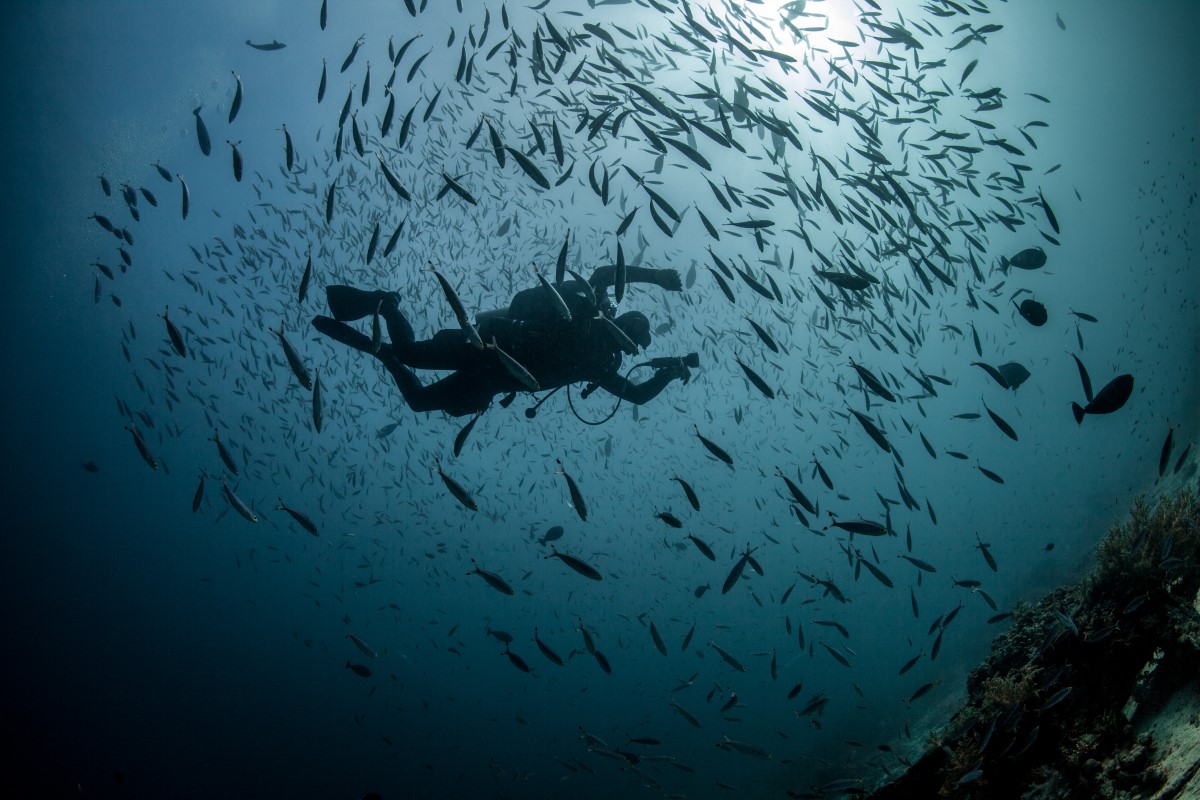
Swimming with Sharks the Ultimate Adventure
If you want to get the adrenaline pumping, swimming with sharks has to be on your bucket list. Who doesn’t love Shark Week on the Discovery Channel? Sharks are an important part of the ocean ecosystem and need to be protected. Swimming with sharks is for the brave. There are some things to keep in mind when being circled by one of the most majestic creatures on Earth.
Is it Dangerous to Swim with Sharks?
While scuba diving, sharks usually keep their distance. So shark attacks are less common than you may think. Curious ones might become aggressive, but how you respond makes a difference.
What Kind of Sharks are Safe to Swim with?
Few sharks are safer to swim with than others. We describe each of these in the list below. Stats come from the International Shark Attack Files.
Car ibbean Reef Shark: These sharks are usually quite shy and avoid contact with humans entirely. There have only been 27 attacks documented since 1960. The majority of these were because of getting caught in fishing equipment.
ibbean Reef Shark: These sharks are usually quite shy and avoid contact with humans entirely. There have only been 27 attacks documented since 1960. The majority of these were because of getting caught in fishing equipment.
Nurse Shark: You will rarely see these sharks move much besides at nighttime. Humans can swim by these nocturnal creatures without provoking them. They usually hide in large groups during the daytime and swim alone after dusk.
Leopard Sharks – This is a type of shark that prefers its own company over that of humans. So when it sees people, it will quickly swim away. There has only been one attack in 1955, but none since then.
quickly swim away. There has only been one attack in 1955, but none since then.
Wh ale Sharks – The name of this shark is completely accurate because of its size. However, oftentimes you can hear these sharks getting the nickname of “gentle giants.” Divers even hitch a ride on them sometimes. Just watch out for that tailfin!
ale Sharks – The name of this shark is completely accurate because of its size. However, oftentimes you can hear these sharks getting the nickname of “gentle giants.” Divers even hitch a ride on them sometimes. Just watch out for that tailfin!
What to Do if A Shark Swims Towards You?
Seeing a shark up close can come as a surprise. However, if one swims towards you, move slowly towards the shore or a boat; whichever is closest. Avoid thrashing your arms, kicking or splashing while swimming. Do not block a shark’s path or turn you back to it. Follow our tips and you will be able to swim safely alongside our finned friends!
1. Do Your Research
Research the nature of sharks before diving. Sharks behave in the same way and respond differently based on a variety of factors. These include weather, water and surrounding activity. Research sharks in your chosen swim area can provide you with valuable insight.
2. Choose a Responsible Dive Operator
Swimming with sharks can be smooth and incredible. Choosing the right dive operator is essential to this. There should be strict safety rules for diving and interacting with animals. Research operators, read reviews and ask questions. Be sure to choose one who’s reputable and takes environmental impact into account.
3. Swim With A Buddy
If you have never swam with sharks, experience it in a metal cage with trained professionals. Swimming unaccompanied makes you more of a target because of sharks like solitary food. Use hand gestures to communicate with your buddy underwater. Avoid swimming in a large group as sharks may mistake you for a large animal and greater threat.
4. Always Stay Calm When Swimming With Sharks
Remain calm and avoid sudden movement when swimming with sharks. This catches their attention and may provoke them into thinking you are food. Breath steadily, maintain a proper depth and enjoy the encounter. You are a guest in the shark’s home and swim calmly as if you are surrounded by small fish and coral.
5. Avoid Swimming with Other Mammals
Sharks may mistake you as natural prey when hunting. Swimming among a school of fish or seals may cause them to think you are one of them. So avoid doing this for long periods. Shark attacks are usually a case of mistaken identity when a shark thinks a human is another mammal.
6. Time your Dive
Sharks can hunt at dusk, dawn or nighttime unless other feeding opportunities are available. Be smart and avoid swimming with sharks at these times or proceed with caution if you do. Time your dive and swim in clear water since murky and shallow waters might cause sharks to misidentify you. This also stops you from surprising them.
7. Wear the Right Equipment
Avoid wearing brightly coloured or shiny scuba equipment. Sharks this well and light reflecting off anything shiny can cause sharks to see you like a fish. Scales cause a similar effect. Wreck dark colours like blacks or blues to avoid attracting sharks. Keep pictures with a flash to a minimum as well. This can entice sharks to take an investigatory bite.
8. Don’t Follow Sharks
Following a shark is tempting but is not the right move. If a shark turns around and sees you following it, you may be perceived as a predator. In turn, you might provoke them and get attacked. Always use sound judgment when swimming with sharks. A photo or video clip of a shark is not worth your life.
9. Don’t Enter the Water if you’re Bleeding
The media portrayal of sharks being attracted to blood is not exaggerated. Most sharks have an amazing sense of smell. Therefore, they can use this and their taste to find the blood’s source. If you have any sort of injury or open wound, swim with sharks on a different day. Wait for your injury to heal to avoid attracting the sharks with your blood.




